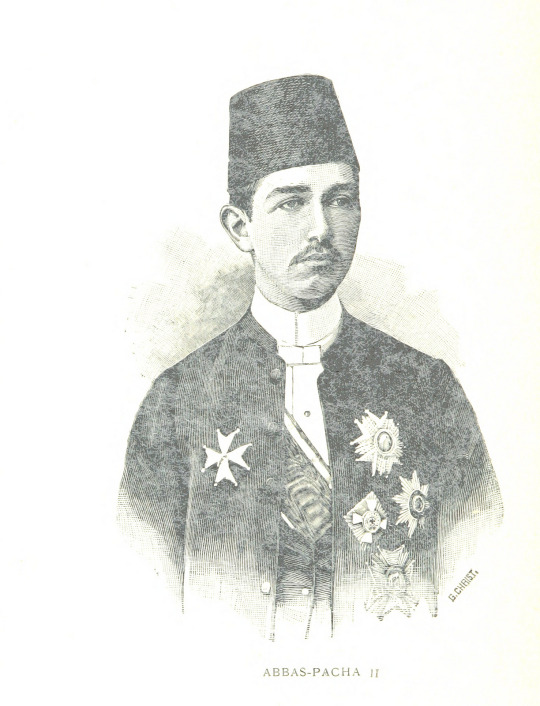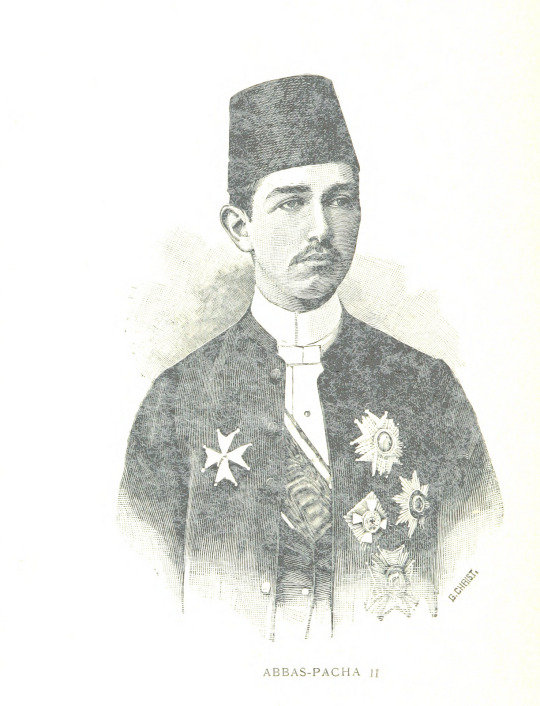This post originally appeared on the Shapeways blog.
This is the third in a series of posts about different types of rights that could be involved with models and files here at Shapeways. Today we’re talking about disputes over ownership.
There are two obvious alternative headlines for this blog post: “Someone is using my IP on Shapeways without permission – what should I do?” and “Someone just accused me of using their IP without permission – what should I do?” The short, and correct, answer to both of these questions is “Find instructions about what to do in ourcontent policy.” After all, our content policy is the definitive document that explains how we handle all IP-related (that’s intellectual property-related – think copyright, trademark, and patent) takedown notices. However, sometimes it is helpful to walk through the IP takedown process in a slightly less formal way. That’s what this blog post is all about. It will explain all of the steps of our process and, hopefully, give you a better sense of how it all fits together. Large parts of this process are governed by the “notice and takedown” process created in the United States by the Digital Millennium Copyright Act (often known by its abbreviation the DMCA).
Let’s start with Abbas.

Abbas creates models of mammoths based on field sketches he likes to make while traveling in his time machine. Here’s one of his sketches that he eventually turned into a 3D model:

You might wonder why there are typed words around his sketches or what impact time travel has on copyright status. Let’s just agree to put those questions aside for the duration of this blog post. For the purposes of this post, at the moment you are reading these words Abbas has a valid copyright in his model of a mammoth.
One day Abbas is checking out the great models on Shapeways and discovers Eulice’s shop.

Abbas sees a model of a mammoth that he thinks looks familiar and believes that Eulice is infringing on his rights. He wants Eulice’s model taken down.
Takedown Notice

Abbas’ first step is the Shapeways content policy. The content policy first urges Abbas to reach out to Eulice directly to talk about his concern. This isn’t a legal requirement, but it is often a good idea. Many disputes of this type are resolved without taking any formal legal steps, something that is often better for both parties.
Abbas’ next step, if he decides not to contact Eulice, Eulice doesn’t respond to his note, or Eulice’s response to his note is inadequate, is to file a formal takedown request. This takedown request, sometimes also known as a DMCA takedown notice, is an official legal request to take down Eulice’s model on Shapeways.
That has a few implications for Abbas. First, as with any formal legal action, Abbas should be sure that he understands what he asserting in his request. That may require talking to a lawyer to make sure that he fully understands the elements of copyright infringement. As detailed on the content policy page, a formal takedown request must include some required elements. The request must specifically identify what Abbas wants to be taken down. In this case, that is probably going to be the Shapeways URL for Eulice’s model. If Abbas’ notice simply says “there is a mammoth somewhere on Shapeways that I believe infringes on my copyright,” the notice will be sent back to him.
The other important element of the takedown notice is a statement by Abbas that he has a good faith believe that Eulice’s model infringes on his right. He needs to sign this statement and attest, under penalty of perjury, that it is correct. This requirement is intended to create a cost for sending frivolous or baseless takedown requests that get sent to Shapeways. Once completed, he sends his notice to service@shapeways.com.
Shapeways Trust and Safety

The first people to see Abbas’ notice are on the Shapeways Trust and Safety (T&S) team. T&S’s role in this process is defined by the notice and takedown process created by the Digital Millennium Copyright Act (DMCA). The T&S team has essentially two roles in this process. The first is to make sure that everyone who submits formal requests complies with the rules. That means making sure that takedown requests are signed and that they include all of the information needed to identify the allegedly infringing model. The second is to act as an intermediary, transmitting information between Abbas and Eulice.
It is important to understand what role T&S does not have. T&S are not copyright judges. As long as Abbas makes his request correctly – and remember, that includes his promise under penalty of perjury that he has a good faith belief that the person he is accusing of infringement is actually infringing on his rights – T&S does not look into the merits of the accusation. On balance that is a good thing. Copyright law can be complicated, and it is probably bad policy to deputize every website on the internet as its own tiny copyright court.
Once T&S has confirmed that Abbas’ complaint includes all of the information that Shapeways requires, they take down Eulice’s model. This is part of the reason that it is so important that Abbas be sure that his takedown request is aimed at the right model – it has swift, significant consequences. As it takes down the model, T&S tells Eulice that her model was taken down because of a request from Abbas.
Eulice’s Turn

Once Eulice gets word that her model was taken down, she has some decisions to make. If, upon further reflection, she decides that her model does infringe upon Abbas’ work, she can decide to do nothing. Her infringing model will stay down unless she takes steps to put it back up. Eulice not responding to the notice pretty much ends the process.
However, she might decide that Abbas was wrong to take down her model. There could be a number of reasons for this. Eulice may be making fair use of Abbas’ model. Abbas may have misidentified Eulice’s model as infringing. Eulice may have a license from Abbas. As was the case for Abbas, it might make sense for Eulice to talk to a lawyer to help her fully understand the merits of Abbas’ claim.
Regardless of the specific reason, Eulice may decide to challenge Abbas’ takedown. She goes back to the content policy to find out how.
Perhaps not surprisingly, the process is very similar to the one Abbas used to send his original notice. Eulice needs to file a formal legal request to put her model back up. It needs to identify what was taken down and swear, under penalty of perjury, that she has a good faith belief that Abbas’ takedown request was improper. Once she is comfortable with her response (often called a ‘counter notice’), Eulice sends it back to Shapeways.
Back to T&S

T&S does not immediately return Eulice’s model to her shop. In fact, T&S is required by law to wait for 10-14 days to put the model back up. That’s because as soon as T&S has verified that Eulice’s response includes all of the required elements, they alert Abbas that Eulice is contesting the takedown request. Remember, just as with Abbas’ original takedown request, T&S does not evaluate Eulice’s response on the merits of her arguments. As long as it includes all of the required elements T&S will comply with it. With that, it is time for Abbas to make some decisions.
Abbas’ Choice

When he investigates Eulice’s response, Abbas may decide that she is right and that his takedown request was improper. At that point, Abbas can decide to do nothing. If he does nothing then Eulice’s model goes back up and nothing else really happens.
However, Abbas may decide that his takedown notice was correct and that he really does believe that Eulice is infringing on his rights. If so, the clock is ticking. Eulice’s model will go back up on Shapeways in 10-14 days unless he decides to take steps to intervene. If he wants to keep Eulice’s model off Shapeways, Abbas needs to bring a formal lawsuit against her in a court in the United States. That lawsuit may include a request that a judge require Shapeways to keep the model down. If Abbas brings the suit and the judge grants his request, he can send the order to Shapeways. Once received, T&S will keep the model down until the court order expires. That could mean that Eulice won the suit and gets to keep her model up. Or that Abbas won the suit and the court order is replaced by a permanent injunction.
The Bigger Picture

Shapeways IP disputes rarely evolve into full blown lawsuits. As you can see, there are many places where people can decide to resolve their dispute informally or to decide to abandon the dispute entirely. This is probably a healthy thing – the formal legal system is important, but it isn’t always the best place to resolve every dispute. That being said, it can be good to know that there are formal legal options available when you need them.
If you have made it this far into the post, there are two final things that are worth keeping in mind. First, you might be wondering what would happen if someone decided to abuse this system and either chronically upload models that infringe on someone else’s IP or chronically submit takedown requests that did not have a firm basis in fact.
In the first case, we do have a repeat infringer policy. If a user is subject to a significant number of takedown notices (that are not ultimately invalidated), we will kick them off Shapeways.
In the second case, the same law that creates this notice and takedown process also imposes penalties for abusing it (that’s why it is so important that someone sending a takedown notice swear under oath that the facts in the notice are true). We have the ability to cooperate with anyone who thinks that takedown notices are being used improperly against them.
Second, it is worth remembering the role of Shapeways and the Shapeways T&S team in all of this. As you can see from this post, Shapeways is not in a position to resolve specific disputes about infringement or even to evaluate the claims of either side. As long as both sides comply with the rules, our job is to assume everyone is telling the truth and comply with their request. It is the role of courts, not private websites like Shapeways, to decide individual infringement disputes. That doesn’t mean that we can’t be skeptical of claims being made to us. But if the person making those claims is willing to do so under oath, in most cases we will give them the benefit of the doubt.
Just in case you are curious, all of the images here come from the flickr feeds of the British Library and the Library of Congress. Specifically, the British Library’s Highlights and Portraits albums and the Library of Congress’ News in the 1910s album. These albums are created by scanning public domain works in the Libraries’ respective collections and are fantastic resources. You should do yourself a favor and spend a little time with them. I mean, look at these 100 year old color photos from the Russian Empire! No larger political commentary is meant by their use – I have no idea who the subjects of any of them are. If you do I’d love to know so please let me know in the comments.